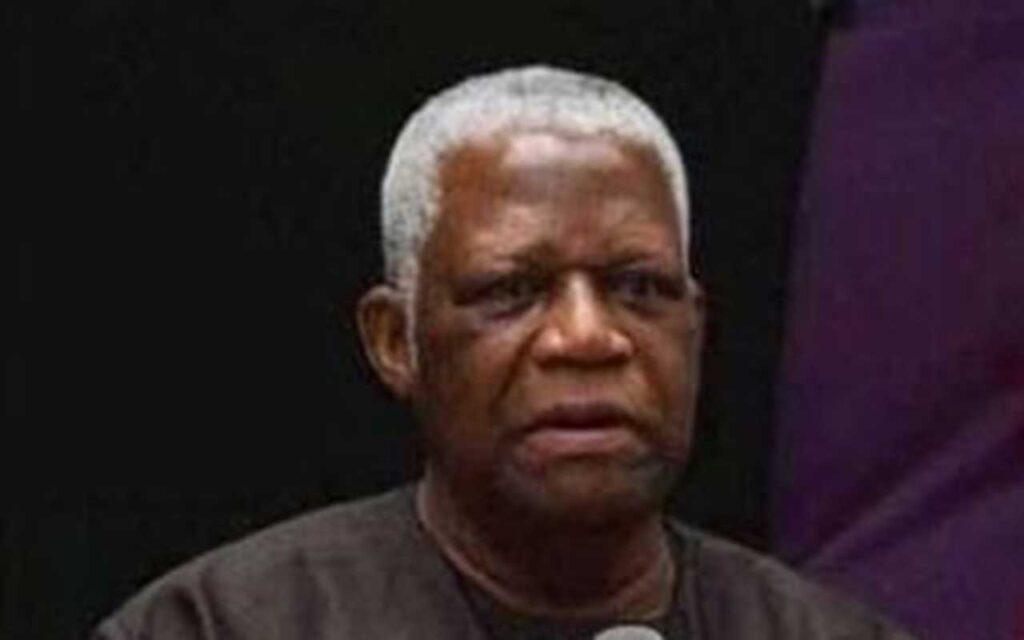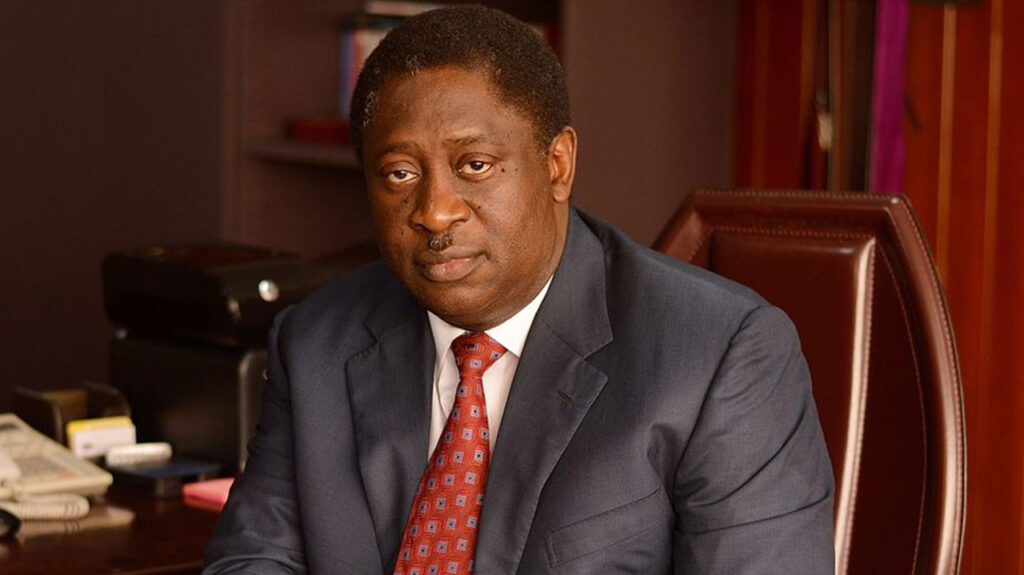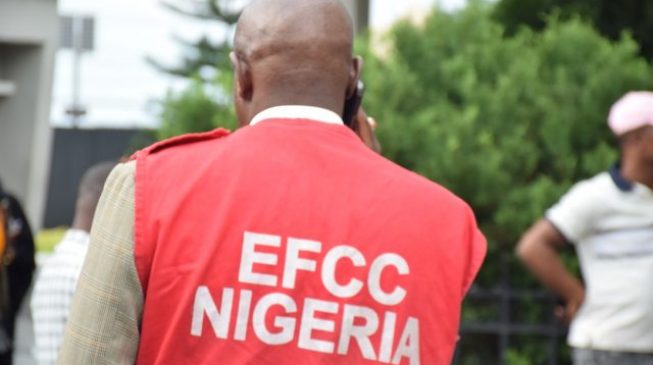
Continued from yesterday
Effective Regulation
THE Nigerian Electricity Regulatory Commission (NERC) is a product of the reform process. Among its numerous functions, it is saddled with the responsibility to regulate tariffs for all activities in the value chain. It developed a Multi-Year Tariff Order (MYTO) based on a number of assumed techno-economic parameters.
The projections are subject to revisions depending on changes in the parameters, thus we have seen MYTO 1 and MYTO 2 within its short span of existence.
Its decisions are not inviolable as demonstrated by a recent court judgement restraining it from a recent tariff increase and the reported declaration of Force Majeure by the DISCOs on the most recent MYTO review.
The privatization of the power sector has therefore come a long way having met the key internationally recognised success factors. Why, then, have we not enjoyed the benefits?
Why are we still groaning in darkness despite privatization?
The ownership of power assets changed hands on the premise that the private sector is able to mobilise funds and use them more efficiently than the public sector.
Two different models were employed in the privatisation process. The overriding objective for the DISCOs was system upgrade and improvement.
The prices were pre-determined, bidders were required to showcase their experience, understanding of the assets on sale and business plan for improved service delivery. For the GENCOs, pricing was an added competition criterion
The attempts by the bidders to go beyond the data room to verify the state of the assets were frustrated by the electricity workers unions.
They depended largely on information packaged by evaluators appointed by the seller – BPE. Even if the evaluators’ assessments were of acceptable quality, degradation of the assets as a result of continued use during the protracted interlude between the time of assessment and asset transfer was obviously not captured in the transactions.
It was therefore not surprising to hear complaints from the buyers of the appalling condition of most of the assets.
The implication is that the business plans needed to be revised ab initio. More funds are needed than projected. Payback period is jeopardised.
Additional loans are required, etc. The capacities of local lenders, on the other hand, are known to be stretched. Power is not the only sector sourcing for financing, the oil and gas sector is witnessing massive divestments!
The gas conundrum
To further compound the situation, the GENCOs are paralysed by shortage of gas. This is a national self-inflicted perennial problem which has its roots in lack of appropriate pricing of the commodity. For decades, policy makers failed to appreciate that gas gathering and processing is capital intensive.
Seeing that gas was being flared in the oil fields, they expected it to be delivered to government owned GENCOs at give-away prices.
The creation of a Gas & Power Division in NNPC and the formulation of a national gas policy have now tilted the balance towards more realistic pricing which of course has not motivated the IOCs sufficiently to invest in gas field development projects, the situation is further compounded by their systematic disengagement from onshore activities.
Even when they are reluctantly willing to do so, JV funding is an ever present clog in the wheel.
The solution of this age-old problem demands flexibility on the part of the government with respect to pricing policy and JV funding.
Rather than holding on tenaciously to the present price regime of US$2.50 per 1,000 scft of gas, policy makers will do well to harmonise the price with the going supply price to the Bonny LNG which may just not be substantially higher than US$2.50. The variability of that price vis-à-vis crude oil price is believed to be favoured by the IOCs against a regulated fixed price.
In order to demonstrate government’s willingness to tackle the power supply shortage frontally, funding of gas projects must be singled out for priority attention! In the medium to long term, serious attention must be paid to coal-to-power and exploration of additional fuel sources.
Improved power generation will not only be a political gain to the government, the multiplier effect on the economy is bound to be enormous.
Is power sector reform sustainable?
Public ownership of generation and distribution assets has failed us. The government reluctantly yielded to the option of reform and privatization when it became clear that it could no longer meet the financial requirements needed to maintain existing facilities not to talk of further investments towards meeting the ever growing demand. The per capita power consumption of Nigeria ranks among the world’s lowest.
The capacity of the private sector to raise funds and out-perform the public sector has been demonstrated in the telecom sector and also in the acquisition of the power assets.
The buyers have only recently mounted the saddle. Time was needed to appraise the acquired assets and revise whatever business plans they bidded with. Unlike what happened in the telecom sector, the power companies cannot start on a clean slate and the acquired assets have suffered from many years of neglect.
The government should by no means yield to calls for reversal of the privatization exercise under any guise or pressure to do so.
Firstly, such a major policy somersault will generate ripples beyond our borders and the loss of credibility will be difficult to recover from.
There is nothing wrong in reviewing the performance of GENCOs and DISCOs especially within the context of the covenants in the sale agreements and where there are defaults, sanctions should be applied.
Consumer protection
Consumer protection is non-existent; such needs to be institutionalized. Many consumers both small and large complain bitterly about crazy/arbitrary bills imposed on them by the distribution companies.
This is a fall-out of the estimated billing approach practised by PHCN; this option was flagrantly abused when the distribution companies were given high revenue targets and the only way they could meet such was imposition of punitive charges on the consumers.
The new DISCOs have an obligation to install pre-paid meters under the terms and conditions of the asset sales agreement but the massive roll-out of pre-paid meters is yet to begin; in the meantime, they continue to take advantage of the inherited estimated billing system to the disadvantage of the electricity-starved consumers.
NERC has to wield the big axe and put a stop to this unwholesome practice. Such a measure will force the DISCOs to (i) ensure installed meters are read and reflected in billings and (ii) fast-track installation of pre-paid meters rather than bloat their recurrent budget on account of engagement of meter readers.
As enunciated in the reform roadmap, the power sector reform is a process which has just begun. The ultimate goal is a situation where the consumer can choose the GENCO and DISCO to supply his electricity. We have to learn to crawl before we walk, before we run.
• Concluded
• Dr. Oye Eribake, a Fellow of the Nigerian Society of Engineers, resides in Lagos.










